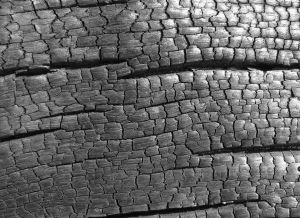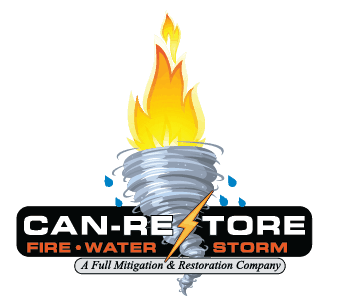
Protection
Soot can be very toxic and dangerous to your health. It contains particulates of the burned material and you should avoid exposure to it during soot removal. It’s important to have the right protective gear when dealing with soot removal, including gloves to protect your skin from coming in contact with the toxins, protective eyewear to keep soot from falling in your eyes during cleanup, filtering face masks to avoid breathing in ash and other airborne particles, and protective clothing or coverall. Additionally, proper ventilation during soot removal is essential in order to help clear the air of any soot and odors.
Cleaning
Soot often has oily properties as it contains elements of what was burned during the fire, including plastics and synthetic materials, and often proteins, which is common in a kitchen fire. Wiping down the walls and furniture is essential, but you must use the appropriate cleaning agents to ensure complete soot removal. Once you’ve cleaned an item, be sure to wrap it or cover it to avoid re-soiling it as you continue the cleaning process. For clothes and linens, several washings with liquid detergent can be effective for soot removal. Using a rotary scrubber on your carpets can help to extract the soot from the fibers.
Does all of this seem a little daunting? You can DIY soot removal if you’re feeling very ambitious and if you have the time to properly educate yourself on the process. But to ensure effective, efficient and timely soot damage removal, calling in a professional can be the best course of action.
Save yourself time and money. .

